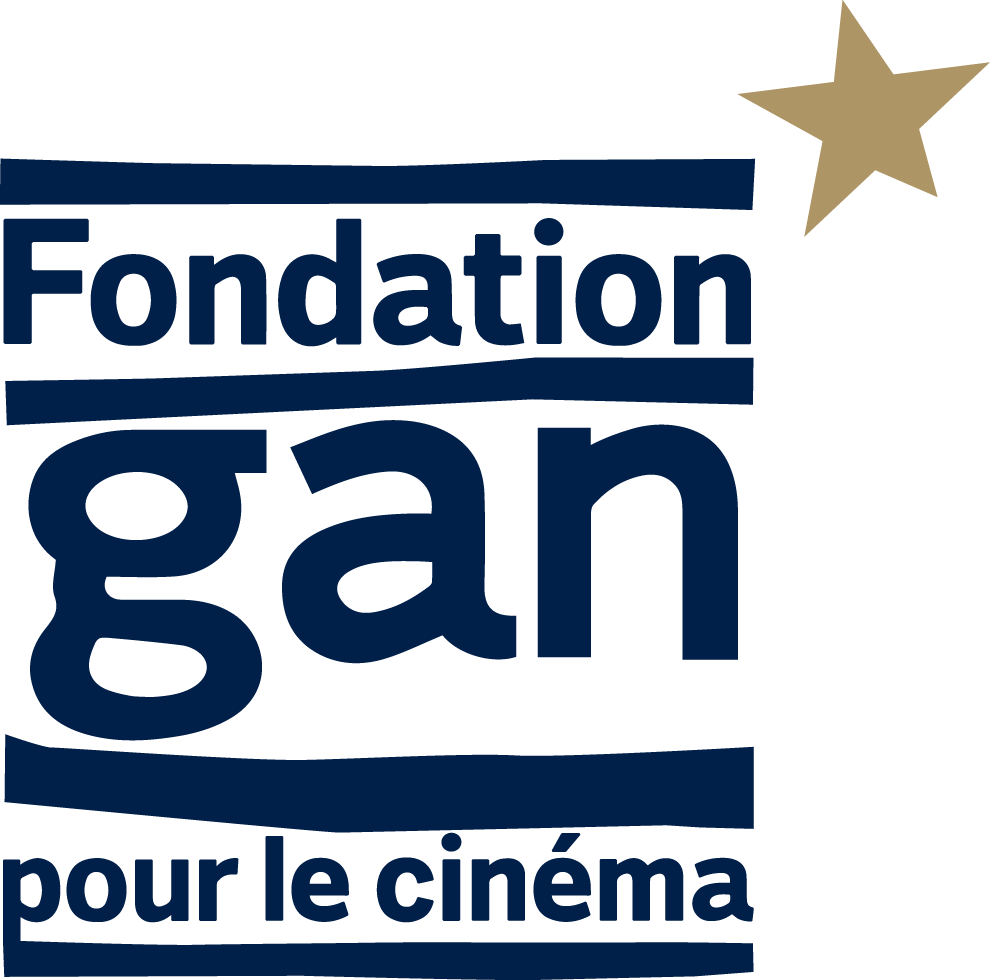“I started working on Ceniza Negra five years ago. The short film Selva was born halfway, from an impulse. I had to go out and record sounds and images for everything we were developing. It was more or less the atmosphere of the feature, a deeper furrow into the main character, and exploring the way to direct children and teenagers. But most of all, it was an opportunity for us to find Smachleen Gutiérrez who became the main actress in both films. Ceniza Negra and Smachleen grew together.
It isn’t childhood itself that interests me but rather the way children come up with their understanding of death. When I was writing the script, I was close to a little girl who was grieving for her mum. I was surprised to see how imagination and games allowed her to go through her grief, to heal. In Ceniza Negra, my main concern was creating a strong, fiery character. Someone who leaves her childhood but trusts death, which is nothing but a transformation.
In my work I believe that bodies and space speak louder than words. In the script, I wanted nature to be a character in and of itself, I wanted to develop the conflict through the atmosphere. In pre-production, we spent a lot of time finding the right sets, we met a great number of potential actors until we discovered those with that magic spark. Poetry stems from the script, from the relationship between the choice of actors and the space. Realism is born from intimacy, trust and tireless work.
These last few years, we saw the inception of Costa Rican films that are delicate and intimate, in full growth, filled with risky storytelling and more importantly, directed by women. Our film was born from a core of women creators. This is one of the reasons we are so proud to be the first Costa Rican feature film to be invited to Cannes.”







